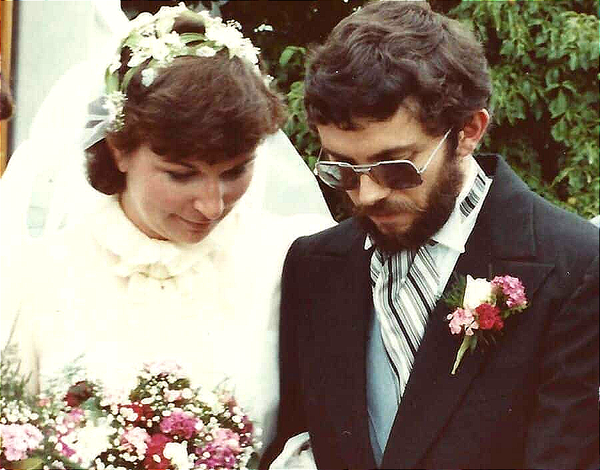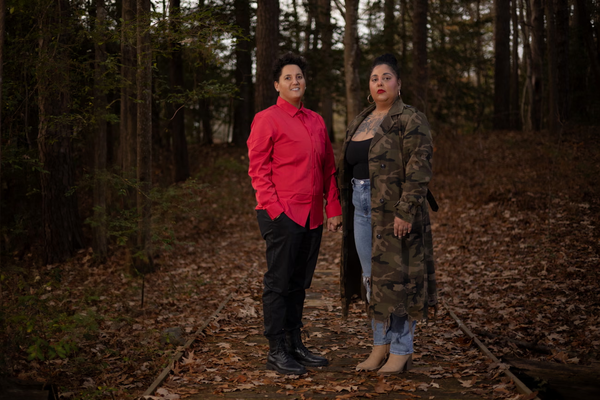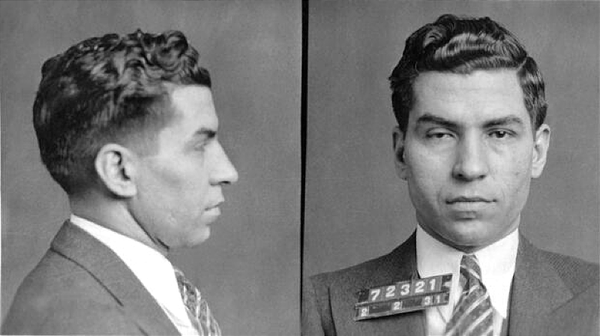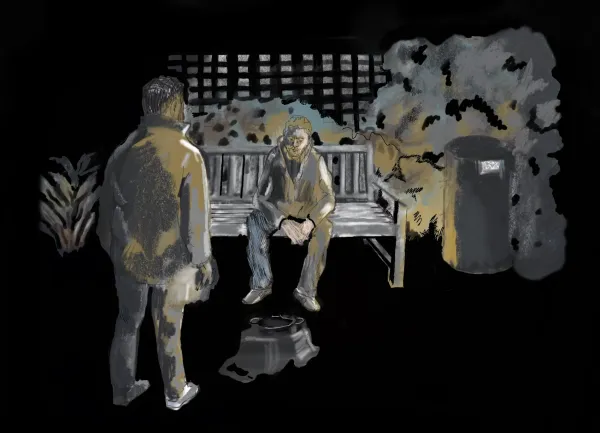He was Liberace's lover and then ran drugs for the Mafia
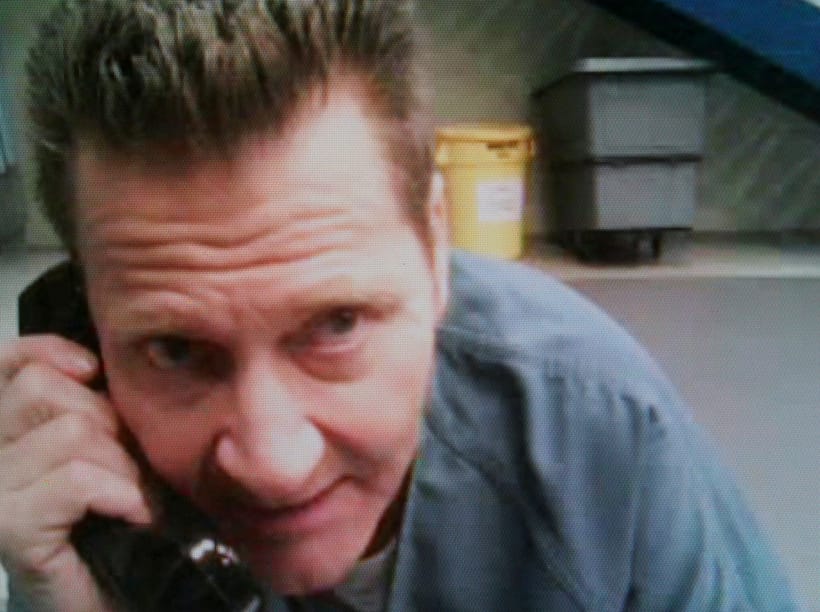
From AirMail: "Scott Thorson is now 65. In late 2020, he was granted an early release after serving nearly seven years in a Nevada state prison for credit-card fraud. Last year I began interviewing him for a book project and quickly understood why he’s been referred to as the “Zelig of Awful.” Thorson was a teenage runaway bouncing around West Hollywood when he met Liberace, who at the time was the highest-paid entertainer in the world. Liberace was 57 and Scott had just turned 18. Liberace suggested that he go into business with Eddie Nash—a Palestinian immigrant who was the No. 1 club owner in Los Angeles at the time. He also happened to be the biggest drug lord in all of Los Angeles."
Why this temple priest is one of India's most highly-prized voters
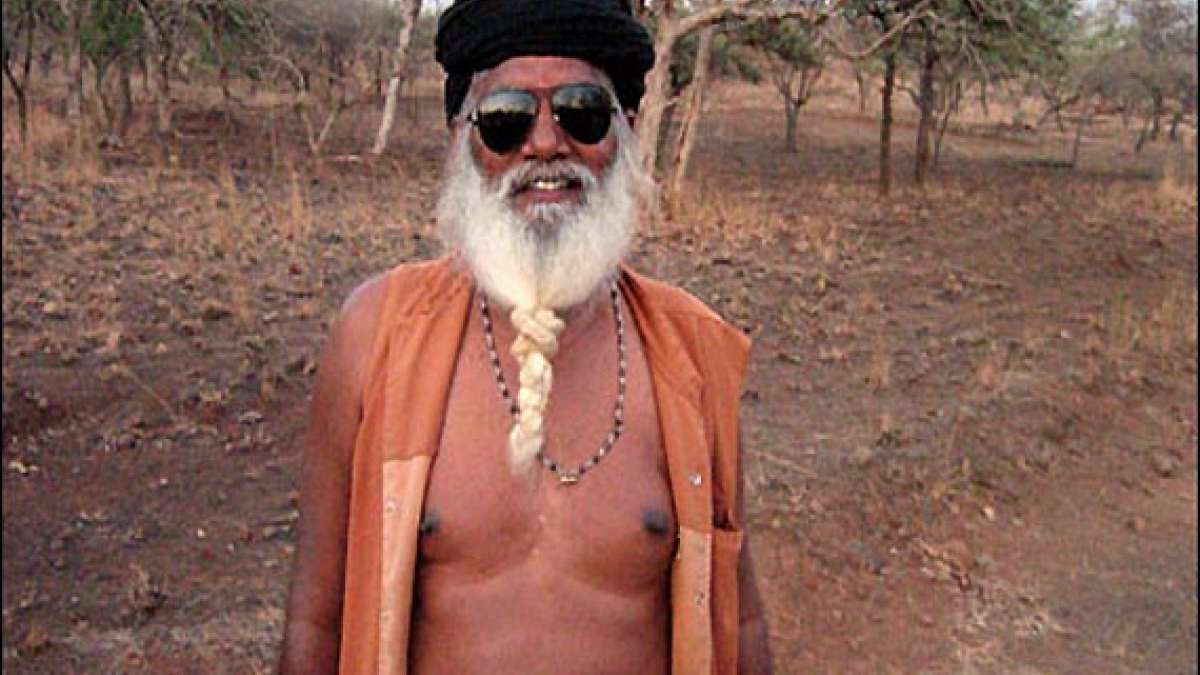
From IndiaTV: "Mahant Bharatdas Darshandas is the lone voter in the midst of Gujarat's Gir forest, home to the Asiatic lion, for whom an entire election team sets up a polling booth every election - and will do so again on April 30. Darshandas, in his early 60s, is the lone occupant of a hamlet called Banej in Gir forest. He has been casting his vote for the past elections, including the 2004 and 2009 parliamentary elections and the 2007 and 2012 state elections. This time too, the Election Commission of India is making all arrangements to ensure that Darshandas, a temple priest, gets to cast his precious single vote. Darshandas lives in Banej Tirthdham and looks after an ancient Shiva temple there."
Suitcases that belonged to residents of a New York mental hospital tell their stories
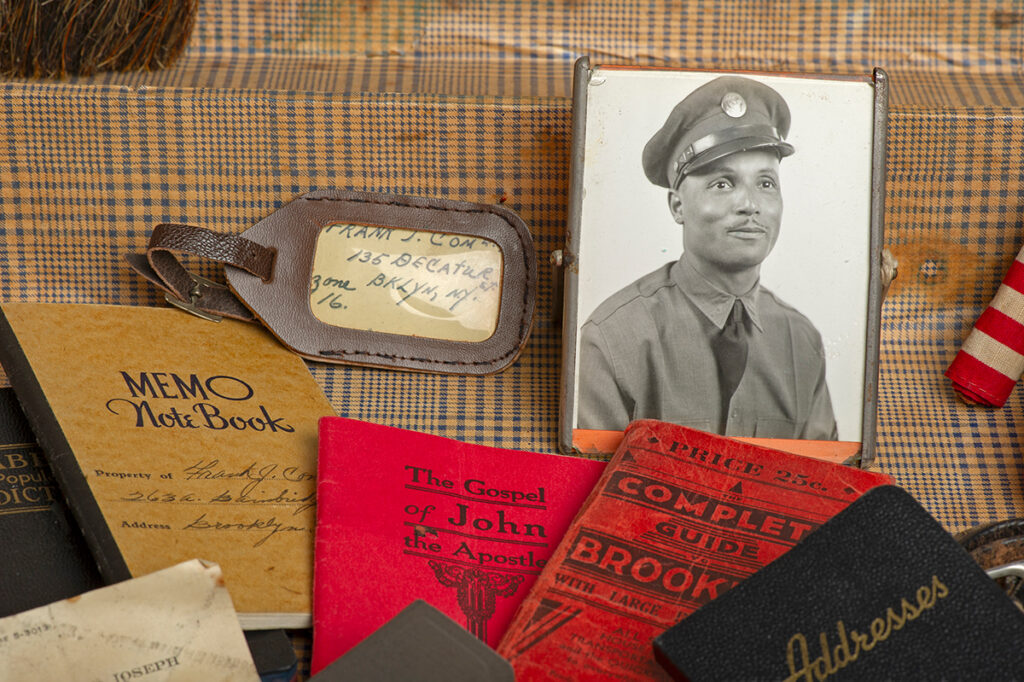
From American Scholar: "In 1995, New York Governor George Pataki announced plans to close the Willard Asylum for the Insane, which opened in 1869 on the eastern shore of Seneca Lake. Before this could happen, however, the hospital’s many artifacts needed to be documented and preserved. This is what Craig Williams, a curator at the New York State Museum in Albany, did for much of the spring of 1995. One morning he went up to the attic and found rough-hewn wood shelves with hundreds of old suitcases, each with a handwritten tag bearing a patient’s name and date of admittance. Williams’s supervisors told him to keep a small sample for archiving, and to destroy the rest. But Williams said he couldn’t do that. He decided to save them all."
Editor's note: If you like this newsletter, please share it with someone else. And if you really like it, perhaps you could subscribe, or contribute something via my Patreon. Thanks for being a reader!
Ancient humans lived inside a giant lava tube in the Arabian desert

From New Scientist: "Archaeologists have found evidence of human habitation within lava tubes for the first time, in the deserts of northern Saudi Arabia. Lava tubes are caves that form during a volcanic eruption. The surface of a river of lava cools and solidifies, while hot molten rock continues to flow beneath it. Eventually, lava drains out of the tube, leaving behind a tunnel. excavated a trench inside Umm Jirsan. At 1.5 kilometres in length, it is the biggest lava tube in Saudi Arabia. The researchers discovered animal bones, stone tools and pottery stretching back at least 7000 years and possibly as much as 10,000 years."
Miss May Whitley was a self-defense expert in 1930s London

From Mental Floss: "In the video, a well-dressed young woman from 1930s London throws an assailant to the ground and incapacitates him in a variety of ways. The lady in question was Miss May Whitley, and for a period of time in the 1930s, she entertained Londoners with a stage performance in which she demonstrated female self-defense. Whitley’s sparring partner—whose dialogue consists primarily of moaning in agony—was Charles Cawkell, a member of Britain’s first international Judo team. Whitley’s act caught the attention of Ahmed Abdullah, a millionaire from Turkey whose father was a wealthy tobacco merchant, making Whitley the eventual heiress to a fortune."
At the turn of the century the hot new crime-solving technology was fingerprints
From The Smithsonian: "Prosecutors wrung high drama out of this curious new technique. When Thomas Jennings in 1910 was the first U.S. defendant to face a murder trial that relied on fingerprinted evidence, prosecutors handed out blown-up copies of the prints to the jury. Yet it also became clear, over time, that fingerprinting wasn’t as rock solid as boosters would suggest. Police experts would often proclaim in court that “no two people have identical prints”—even though this had never been proven, or even carefully studied. (It’s still not proven.) How many points of similarity should two prints have before the expert analyst declares they’re the same? Eight? Ten? Twenty? Depending on what city you were tried in, the standards could vary dramatically."
Scientists discover new species of green anaconda that is 26 feet long
A team of scientists has discovered a new species of green anaconda in the Amazon rain forest.
— Massimo (@Rainmaker1973) April 28, 2024
Prof. Freek Vonk has recorded a video of a 26-feet-long green anaconda, believed to be the biggest snake in the world.pic.twitter.com/4rYdHJMJKs
Acknowledgements: I find a lot of these links myself, but I also get some from other newsletters that I rely on as "serendipity engines," such as The Morning News from Rosecrans Baldwin and Andrew Womack, Jodi Ettenberg's Curious About Everything, Dan Lewis's Now I Know, Robert Cottrell and Caroline Crampton's The Browser, Clive Thompson's Linkfest, Noah Brier and Colin Nagy's Why Is This Interesting, Maria Popova's The Marginalian, Sheehan Quirke AKA The Cultural Tutor, the Smithsonian magazine, and JSTOR Daily. If you come across something interesting that you think should be included here, please feel free to email me at mathew @ mathewingram dot com
